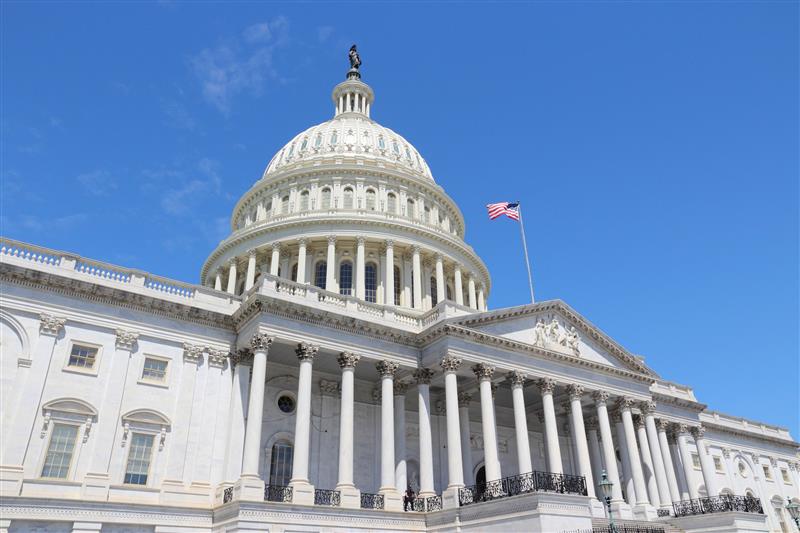Blog
August 03, 2016
The costs of presidential transition
This blog post originally ran in 2016 and was one of our most read from the last election cycle. The information remains valuable for transition planning. Please note this post has been updated with information from FY 2020 and FY 2021 GSA appropriations.
By Shalini Hicklin-Coorey
When candidates receive their party’s presidential nomination, they must begin to stand up presidential transition teams to prepare for the possibility of governing. As they do so, a number of questions arise, including who will pay the costs of running these transition operations?
Congress, realizing the importance of supporting a smooth transfer of power, passed the Pre-election Presidential Transition Act of 2010, which provides major party candidates with office space, computers and services immediately following the nominating conventions. Previously, Congress withheld support until after the election. Both candidates are now taking advantage of this government support.
Campaign vs. Transition Teams
The term “transition” is often assumed to be a process—a shift in power. In fact, the presidential transition teams are nonprofit entities, separate from the campaigns, and require their own space, people and money.
In 2008, Barack Obama’s transition cost roughly $9.3 million. Of this total, about $4 million was raised by the Obama from private donors to fund the pre-election timeframe and some of the post-election period, with the government money also kicking in after the election. Obama’s transition team grew from a handful of advisors about 10 weeks before the election to about 450 full-time transition team staff immediately after the election when government assistance was made available.
In 2012, Republican nominee Mitt Romney’s transition team was the first to take advantage of the pre-election funding provisions of the Presidential Transition Act, and also spent $1.4 million in privately raised funds during this period. The Romney transition team used the private funds to leverage the pre-election government office space, computers and supplies provided by General Services Administration (GSA) for nearly 500 paid and volunteer transition staffers.
Pre-election Help for All
In order to accept private funding for pre-election transition activity, candidates must set up an entity covered under section 501 (c)(4) of the Internal Revenue Service code. If candidates plan to accept government support, they must disclose privately raised funds to the public, which are subject to a $5,000 per person limit.
Thanks to the Pre-Election Presidential Transition Act of 2010, Congress has appropriated $9.6 million for pre-election transition support to assist the Democratic and Republican nominees this year. This specifically includes transition office space, communications services, briefings and workshops for new political appointees, printing, supplies and other materials. These services must be used exclusively for the preparations regarding the assumption of official duties of the president or vice president.
Post-Election: Now There’s One
Based on the fiscal 2021 congressional budget, GSA has been allocated $6.3 million to support the president-elect after the fall election and $1 million for appointee orientation activities. The post-election support provides the president-elect’s team with funding for staff, consultants and postage in addition to printing, travel, communication and continuing use of the pre-election office space.
Making full use of the federal support and any private funding prior to the election will help both presidential candidates get up-to-speed on the enormous challenge of preparing to govern in the event of a November victory.
This short time period will be critical in laying the groundwork for a more intensive effort after the election that will involve making some 4,000 political appointments, laying out comprehensive domestic and foreign policy agendas and running a government of 2.1 million civilian employees and another 2 million active-duty military personnel and reserves.



